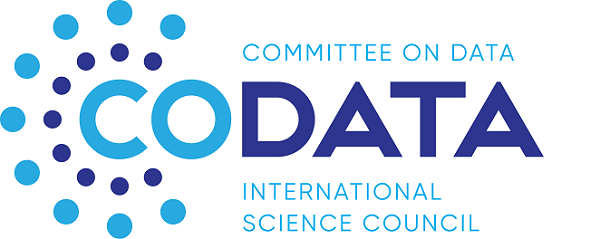Nanomaterials are substances containing hundreds of thousands to hundreds of millions atoms (with leeway at both ends of that range) that have rapidly evolved into important substances with the potential to impact virtually every area of our physical world – health, food, engineering, transportation, energy. In many cases, nanomaterials already are part of our world.
Unlike “normal” engineering materials, there is no accepted way to describe nanomaterials such that we know exactly which nanomaterial is being discussed, reported on, regulated, bought, or put into a commercial product. Simple chemical nomenclature does not suffice. Nanomaterials have solid-like aspects beyond normal chemistry. Systems used for engineering materials such as ceramics, metals, and polymers, do not capture the nanoscale features of form, size, surfaces, etc., that impart special properties to nanomaterials.
Nanomaterials are also of intense interest of many disciplines, from chemistry, physics, and material science to food, medicine, and nutrition. The user communities are equally diverse: researchers, product designers, purchasers, regulators, health experts, and many other need to discuss and describe nanomaterials accurately
 So what can be done to describe nanomaterials in a way that meets the needs of the diversity of scientific disciplines, user communities, and nanomaterials themselves? During the last three years, a CODATA-VAMAS Working Group (WG) on Nanomaterials has worked on a multi-disciplinary, multi-user community, international basis to develop a Uniform Description System for Materials on the Nanoscale (UDS). Version 1.0 of the UDS has recently been released and is publicly available for use, comment, and downloading at www.codata.org/nanomaterials.
So what can be done to describe nanomaterials in a way that meets the needs of the diversity of scientific disciplines, user communities, and nanomaterials themselves? During the last three years, a CODATA-VAMAS Working Group (WG) on Nanomaterials has worked on a multi-disciplinary, multi-user community, international basis to develop a Uniform Description System for Materials on the Nanoscale (UDS). Version 1.0 of the UDS has recently been released and is publicly available for use, comment, and downloading at www.codata.org/nanomaterials.
The UDS has two primarily goals. The first is to be able to describe a nanomaterial uniquely, so that it is differentiated from all other nanomaterials. The second is to be able to determine two instances of a nanomaterial are equivalent (the same) to whatever degree desired. The UDS was designed to meet both goals as well as meet the needs of different disciplines and user communities for as many types of nanomaterials as possible. The CODATA-VAMAS WG built upon work of many groups including standards committees, database developers, and nanomaterials researchers.
What’s next for the UDS? The most important next step is to see how the UDS compares with other schemes presently used to build databases of nanomaterials properties. This involves workshops bringing databases builders together with the CODATA-VAMAS team to compare approaches. For further information, contact John Rumble at rumble@udsnano.org.
